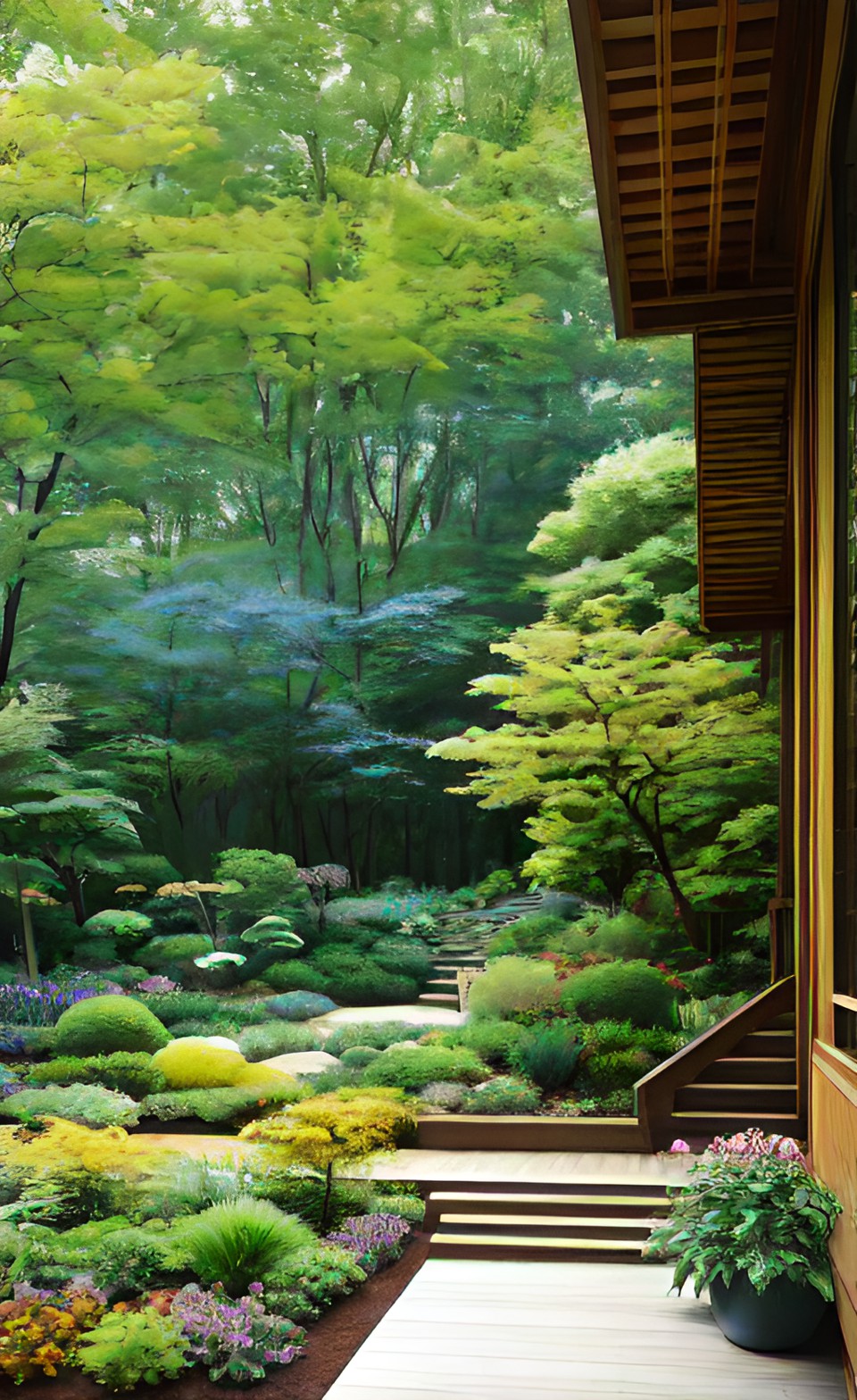
Advertisements
Introduction
In our fast-paced, urbanized world, the need to reconnect with nature has never been greater. Biophilic design offers a transformative approach, seamlessly integrating natural elements into our built environments. Rooted in the concept of biophilia - the innate human affinity for the natural world - this design philosophy brings nature back into our lives, benefiting our physical, mental, and emotional well-being.
So, here are the principles that will create the new world:
- Bringing Nature Indoors
At the core of biophilic design is the idea of bringing nature indoors. Incorporating plants, living walls, and indoor gardens into our spaces improves air quality and fosters a sense of tranquility and well-being. The presence of natural light and views of greenery further enhance our connection to nature, reducing stress and promoting productivity.
- Natural Materials and Textures
Introducing natural materials such as wood, stone, and natural fibers into our surroundings adds warmth and authenticity to our living spaces. These materials evoke a sense of comfort and groundedness, creating a harmonious environment that mimics the soothing qualities of nature.
- Biomimicry: Learning from Nature
Biophilic design draws inspiration from nature's patterns and processes, a concept known as biomimicry. By observing how nature optimizes form, function, and efficiency, designers can create innovative and sustainable solutions that align with the environment's wisdom.
- Curated Nature-Inspired Art
Nature-inspired artwork, murals, and photographs enrich our spaces, reconnecting us to the wonders of the natural world. These art pieces serve as reminders of nature's beauty and create a sense of calm and inspiration within our environments.
- Water Features and Their Serenity
Water has a profound impact on our well-being, and incorporating water features into biophilic design can be transformative. The sound of flowing water or the sight of a tranquil pond can evoke feelings of serenity and relaxation, reducing stress and promoting mental clarity.
- Green Roofs and Healing Gardens
Green roofs and healing gardens offer an oasis of calm and rejuvenation. These outdoor spaces not only improve urban landscapes but also provide opportunities for people to immerse themselves in nature, supporting physical and emotional healing.
- Embracing Biophilic Experiences
Biophilic design goes beyond aesthetics; it fosters immersive experiences that connect us with nature. Incorporating activities like gardening, nature walks, and outdoor yoga allows us to fully experience the healing benefits of the natural world.
Conclusion
Biophilic design principles offer a powerful antidote to the modern disconnection from nature. By creating spaces that nurture our innate connection with the natural world, we can improve our well-being, productivity, and overall quality of life. Embracing biophilic design not only transforms our living and working spaces but also rekindles our profound relationship with nature, leading us towards a happier, healthier, and more sustainable future.
